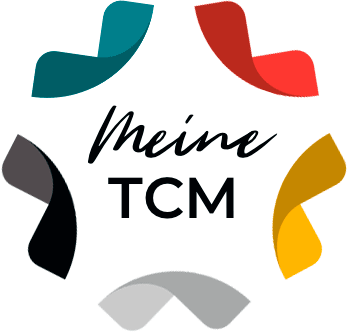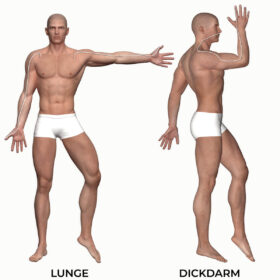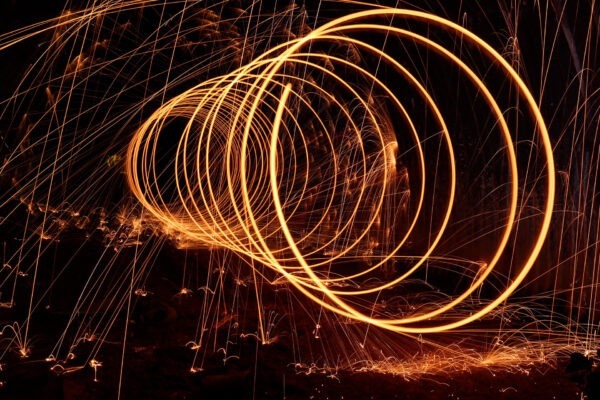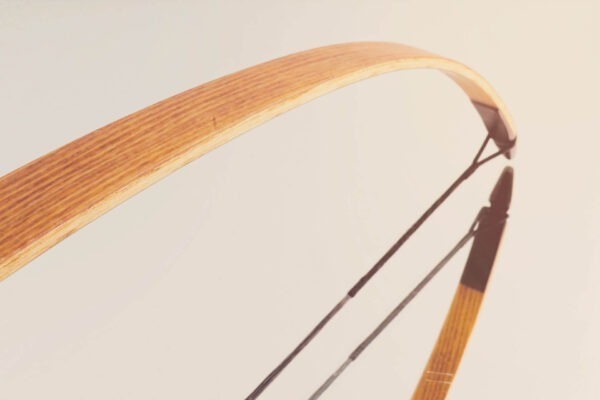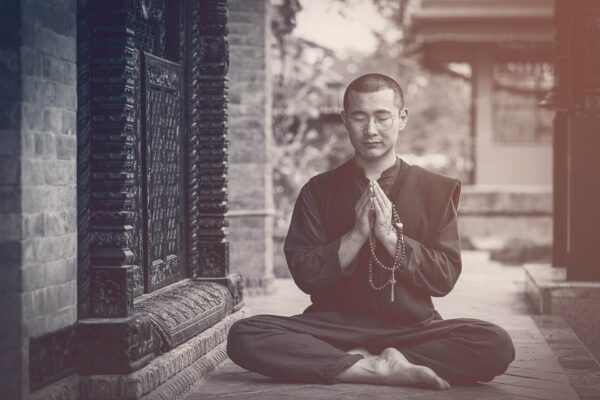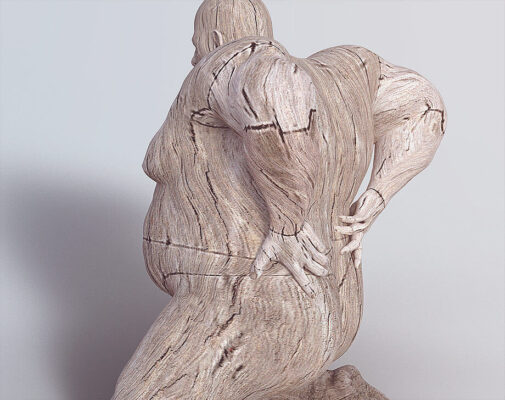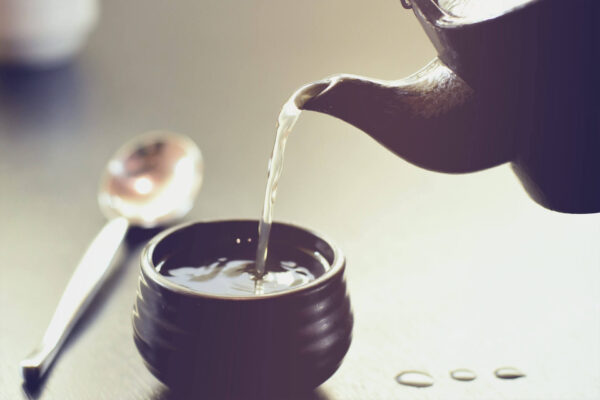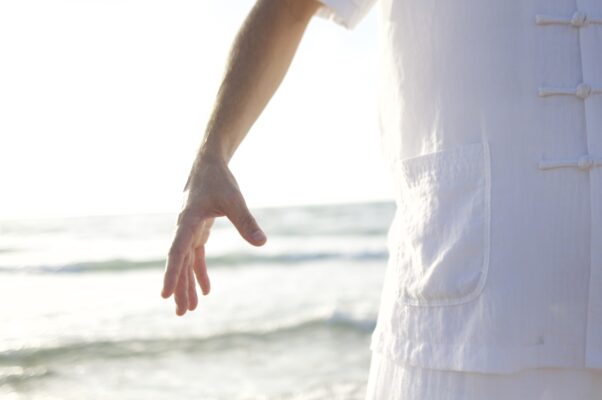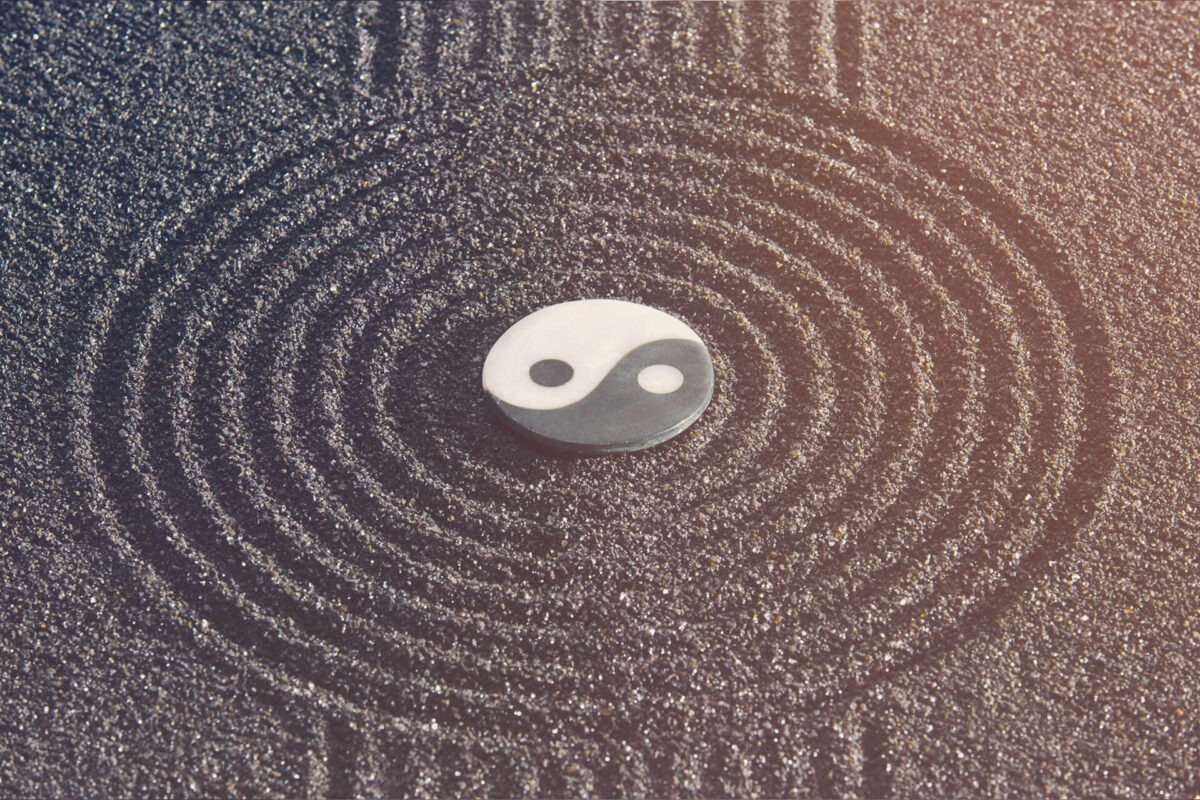
Qi Gong exercises
explained
Exercise description
Starting position is the basic qigong position. From this position, the arms now make fundamentally opposite circles. That is, while the left arm circles backward, the right arm circles forward.
Start by lowering yourself down with an exhale, bending your knees. Now, as you exhale, raise your left arm forward while your right arm moves up behind your body. Continue this arm movement until both hands meet above the head.
From there, the left arm now sinks down, exhaling behind the body. The right one moves down in front at the same time. Next to the pelvis, the two hands meet again.
Now repeat the movement again. In your imagination, you make a backward crawl with your left arm and a forward crawl with your right arm.
After repeating this movement several times, stop it briefly in the starting position to perform it in the other direction. Now the right arm rises up in front of the body and the left arm behind the body.
Frequently asked questions
What can I do if I can't extend my arm upwards very well?
Then let the arm go up in front of the body and try to stretch it more forward upwards. The hands do not need to be vertical above the head in the beginning. Over time, the mobility in the shoulder girdle will increase. Always be aware of the limits of your body!
Does this exercise help with shoulder problems?
I would recommend this exercise for various shoulder problems. There is a very nice stretching of important shoulder muscles during this exercise. During the stretch you will feel that you get "space" in the shoulder joint. However, to completely resolve shoulder problems, you need other exercises and also the use of acupressure.
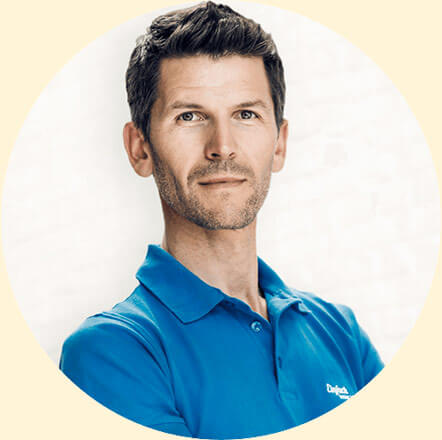
Pro tip from Wolfgang
With this exercise you strengthen the connection of your right and left brain hemispheres. This can be considered as the connection of Yin and Yang on the brain level. For a balance between the rational left brain and an intuitive right hemisphere this exercise is very important.
Qi Gong Exercise Yin and Yang Circles - Element Metal
Most common errors
The arms move uncoordinated and not in opposite directions.
The upper body does not rotate with it and thus reduces mobility in the shoulder joint.
The legs remain extended the whole time.
Training tips
If possible, exercise again and again in front of a mirror or with the Record smartphone and then study this video for errors.
Make it a habit to do this exercise first thing in the morning after you get up.
Also, keep closing your eyes while you do the movement. This will help you to inner processes even more intensively.
Assistance
What can you do if the exercise is too difficult?
This exercise causes difficulties for many people at the beginning, because they cannot perform the opposite arm movement. However, this improves with increasing practice. However, it helps at the beginning to divide this exercise into 4 sections and to perform them very slowly.
1: Left arm raised in front and right arm raised in back to horizontal.
2: Both arms above the head and the palms look at each other.
3: Now the right arm is in front and the left arm is behind the body
4: Both hands are now to the left and right of the body.
Meridians
- Lung (Yin)
11 acupuncture points - Large Intestine (Yang)
20 acupuncture points
Helps with...
- Breathing problems
- Weakness & shortness of breath
- Weak immune system
- Lung diseases
- Waking up between 3 and 5 in the morning
- Mourning
- Intestinal and digestive problems
- Migraine
- Allergies
